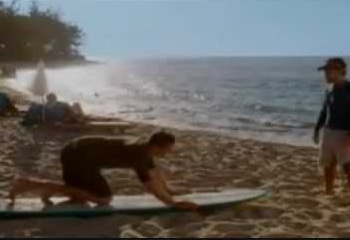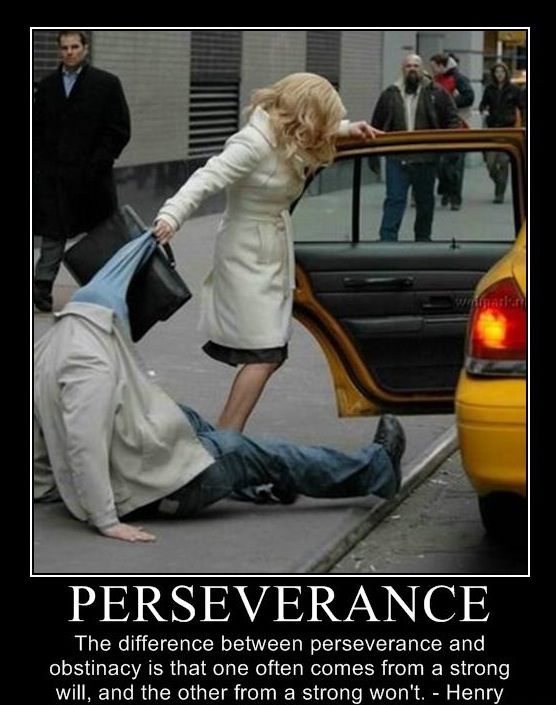My friend Mike Potenza was kind enough to invite me out to San Jose last week to help out with the San Jose Sharks prospect camp. Throughout the week, I had the opportunity to interact with the entire coaching/scouting staff, the athletic training staff, a few of the Sharks players (that were around for the Summer), ~45 domestic and international elite level prospects, Mike and his supporting interns/volunteers, and John Pallof (one of the smartest people in human performance that I’ve ever met). Needless to say, it was an eye opening experience.
More than anything else, there was ONE common theme for this camp:
To build a successful organization (or team), EVERYONE has to be a leader.
The Sharks went as far as to bring their guys to a US Air Force base to do team building exercises with Sargeant Mike Malloy. This incredibly important aspect of athletic development is largely overlooked in most sport and training settings.
In youth athletics, being a leader is typically equated with being a star. It’s unfortunate that this is the message our athletes get, as it certainly discourages uniform team-wide leadership.
Many people recognize leadership as meaning:
-Holding yourself accountable for your actions
-Putting your best effort forward, even when no one is watching!
-Never giving up until the job is done (e.g. never acquiescing to the mental torture fatigue instills)
Being a leader also means being a good teammate, which EVERYONE can do.
If one of your teammates is struggling, it’s YOUR job to pick them up. In other words, it’s easy to criticize/complain about a teammate being too slow, not passing to you, taking a bad shot, etc. It’s only moderately more difficult to pull that teammate aside and talk to them in a civil manner. I say moderately more difficult because it actually takes less energy and you can squash problems immediately instead of letting them fester. On the contrary, criticizing tends to spawn infectious negativity that creates a culture of unresolved condemnation. Simply, we need to spend less time pushing each other away, and more time pulling each other along.
It’s unlikely that every player on a team will like every other player’s personality. We’re all different. However, often times building a successful organization comes down to the players’ ability to look past “dislike”, and to consistently empower struggling teammates in pursuit of a strengthened common purpose or goal.
The message sent to the Sharks’ prospects was to always hold a hand out for your teammates. Let them know you’re always there to help, to genuinely look out for each other. Think about how this changes the “pressure” put on individual players when they know they are truly part of a unit, a team.
This message starts from the top down. As presidents, coaches, and trainers, we need to let our players know that we’re in it for the same reason they are. No egos. No malice. No “politics”. Just development.
To your success,
Kevin Neeld
Please enter your first name and email below to sign up for my FREE Athletic Development and Hockey Training Newsletter!









 Use CODE: "Neeld15" to save 15%
Use CODE: "Neeld15" to save 15%